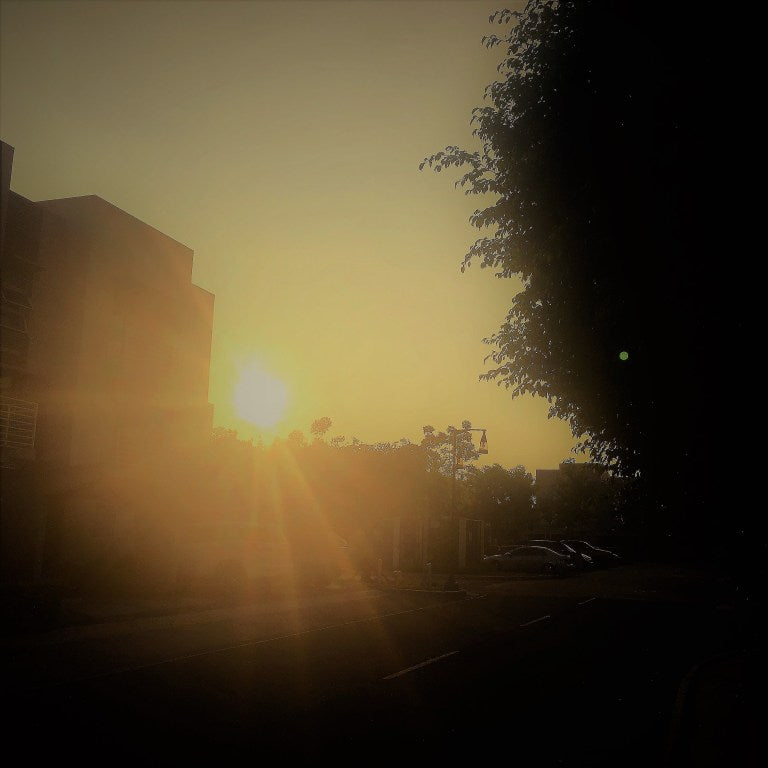
All about Sunlight: Basic Principles a Gardener Needs to Know
Share
One of the basic things that urban gardeners tend to overlook is the effect of sunlight on their plants. As we learned from our science class, sunlight is an important ingredient that plants need in order for them to grow well or produce abundantly. But plants are not created equal. Some require a lot of sunshine, while others thrive with much less. In an urban setting where limited gardening space is an issue, one needs to carefully plan the lay-out of the garden taking into consideration the amount, direction and pattern of the sun’s rays.
Before embarking on any gardening project, it’s good to know these basic gardening principles about sunlight. Most of the mistakes I made during my early days in gardening had something to do with the plants’ lack or too much exposure to the sun’s powerful rays. I have thus compiled here some basic gardening principles about sunlight which I wish I had known from the start.
Full Sun or Partial Sun/ Shade?

Most seed packet labels provide instructions on whether a particular seed variety requires “Full Sun”, “Sun”, “Part Sun” or “Part Shade”. Unfortunately, there are no standard definitions of these terms, and so the best way is to clarify directly with the seed company, if that is possible. Technically speaking however, Full Sun means exposure to direct sunlight from dawn till dusk. Sun means at least 6 hours of sunshine is enough. However, Full Sun and Sun had been used interchangeably since in most cases, the effect on the plants is almost the same.
“Part Sun” and “Part Shade” had also been used interchangeably. In general, they both mean at least 3 hours to not more than 6 hours of sunlight. Some websites though try to distinguish Part Sun as exposure to strong afternoon or midday sunshine. On the other hand, Part Shade means sunshine in the morning (See Shades of Sunshine by Geoffrey Mehl).
Generally, trees and fruit bearing plants require at least 6 hours of direct sunlight, while herbs and greens can thrive with Part Sun or Shade. Flowering plants normally need sunshine for them to bloom well, but the amount of sunlight varies depending on the flower variety.
If you are not sure whether the plant needs Full Sun or Part Sun/ Shade, try exposing it to at least 4 hours of sunlight in the morning, increasing gradually to 6 hours. Observe if the plant reacts well by growing more flower buds, which means that this plant loves to bask in the sun. If instead the leaves turn pale yellow or scorched/ dry, then reduce the sun exposure to a maximum of only 4 hours of sunshine.
Pay attention to the sun’s pattern.
 Another relevant information that most gardeners fail to consider is the sun’s pattern. We all know that the sun always shines in the east, that is relatively speaking. Depending on the earth’s location vis-a-vis the sun, the sun’s relative pattern changes over the course of the whole year. During summer, the plants in the southern section of the garden may get exposed to sunlight longer. By the end of the year, however, the sun’s pattern gradually shifts, and thus the opposite section gets more of the sunlight. This principle is important in planning the location of certain plants at different times of the year. Thankfully, container gardening allows you to locate the plants at different places in order to adjust the sunlight exposure.
Another relevant information that most gardeners fail to consider is the sun’s pattern. We all know that the sun always shines in the east, that is relatively speaking. Depending on the earth’s location vis-a-vis the sun, the sun’s relative pattern changes over the course of the whole year. During summer, the plants in the southern section of the garden may get exposed to sunlight longer. By the end of the year, however, the sun’s pattern gradually shifts, and thus the opposite section gets more of the sunlight. This principle is important in planning the location of certain plants at different times of the year. Thankfully, container gardening allows you to locate the plants at different places in order to adjust the sunlight exposure.
So it’s important to take note of three things when planning a garden: (1) what type of plants to grow, and the amount of sunlight they will need; (2) the orientation of the garden vis-a-vis direction of the sunlight (morning or afternoon sun); and (3) the amount of sunlight during different times of the year.
